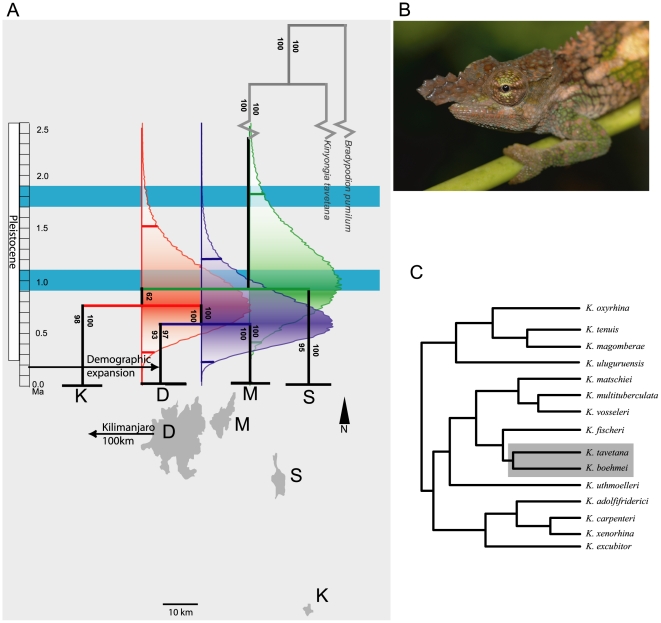Figure 2. The phylogenetic position of Kinyongia boehmei and its temporal divergence in the Taita Hills, Kenya.
A) Topology for the prior used in the coalescent analysis for dating {Hey, 2010 #1301} of K. boehmei from the Taita Hills. Confidence in this topology prior was estimated by Bayesian posterior probabilities (to the left of each branch), and maximum likelihood boostrap (to the right). Divergence times from IMa2 (scale on left in Mya) are given as 95% highest posterior density (HPD) and their high points (horizontal red, green and blue bars with respective HPD distributions). Horizontal blue bars represent two wet periods in the Pleistocene proposed by Trauth et al [24]. Arrows show time timing of a demographic expansion in Dawida (above), and the relative position of Kilimanjaro to the Taita complex (below: D Dawida; M Mbololo; S Sagalla; K Kasigau). B) A male Kinyongia boehmei in life with C) topology for the genus Kinyongia showing the relative position of to the outgroup (K. tavetana) and other members of the genus from Tolley et al [47].

